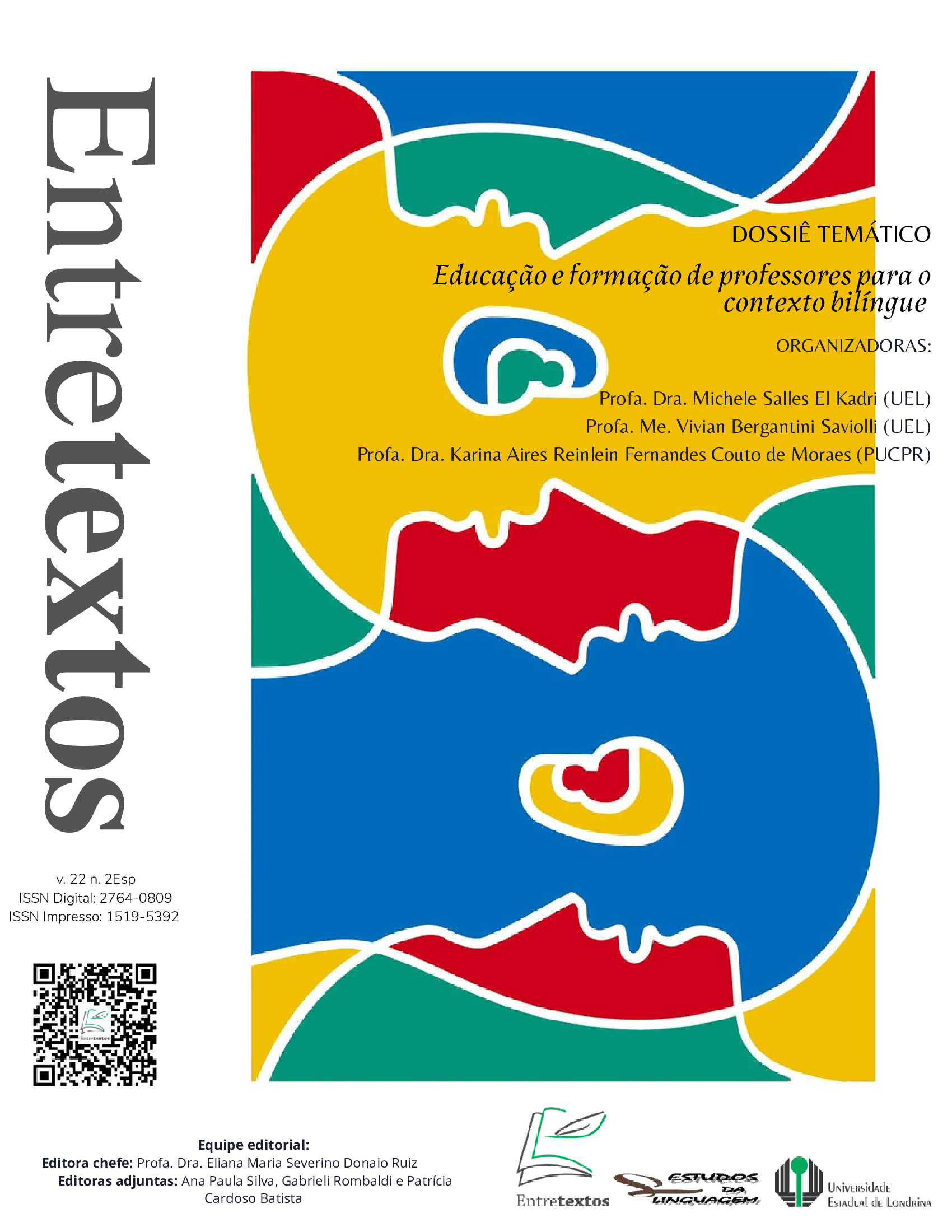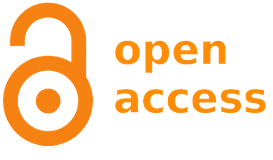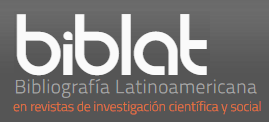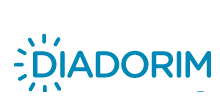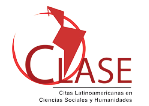Limitación del uso de L1 y su impacto en el aprendizaje de L2: un estudio longitudinal
DOI:
https://doi.org/10.5433/1519-5392.2022v22n2Esp.p63Palabras clave:
L1 en el aprendizaje de L2, Alemán como lengua extranjera, L1 /L2 en programas inmersivosResumen
En las últimas décadas, las escuelas bilingües fueron ampliamente criadas en Brasil. Dentro de este universo educativo plurilingüe, el enfoque inmersivo de una segunda lengua (L2) gana espacio y una cuestión frecuente de este enfoque converge hacia el uso apropiado de la primera lengua (L1) en el aprendizaje de la lengua meta. La investigación actual reflexiona sobre la relación L1-L2 en los salones de clases para el aprendizaje del alemán como lengua extranjera y, para ello, se realizó un estudio de dos años en la escuela primaria de una escuela bilingüe en Brasil. El estudio empírico predominantemente cualitativo buscó examinar el rendimiento escolar del aprendizaje de L2 en dos grupos: el grupo experimental con uso limitado de L1 y el grupo de control con uso oportuno de L1. Los resultados generaron principios rectores con el objetivo de ayudar a docentes de L2 a tomar decisiones sobre sus elecciones de uso del idioma en el aula de inmersión, ya que, por un lado, la limitación del uso de L1 proporciona una mejor disposición, por parte de aprendices, para comunicación en la lengua alvo, por otro lado, puede limitar la participación en los contextos de aprendizaje de una segunda lengua.
Descargas
Citas
BACHMANN, L.; FONTANA, N. M. A habilidade comunicativa de linguagem. Revista Linguagem & Ensino, Pelotas, v. 6, n. 1, p. 77–128, 2003.
BASSANI, I. S. Fundamentos linguísticos: bilinguismo e multilinguismo. São Paulo: Universidade Federal de São Paulo, 2015.
CENTENO-CORTÉS, B.; JIMÉNEZ, A. F. Problem-solving tasks in a foreign language: the importance of the L1 in private verbal thinking. International Journal of Applied Linguistics, Lovaina, v. 14, n. 1, p. 7–35, fev. 2004. DOI: https://doi.org/10.1111/j.1473-4192.2004.00052.x
COOK, V. J. Using the first language in the classroom. Canadian Modern Language Review, Toronto, v. 57, n. 3, p. 402–423, mar. 2001. DOI: https://doi.org/10.3138/cmlr.57.3.402
CORDER, S. P. Error analysis, interlanguage, and second language acquisition. Language Teaching, Cambridge, v. 8, n. 4, p. 201–218, out. 1975. DOI: https://doi.org/10.1017/S0261444800002822
DICAMILLA, F. J.; ANTÓN, M. Functions of L1 in the collaborative interaction of beginning and advanced second language learners. International Journal of Applied Linguistics, Lovaina, v. 22, n. 2, p. 160–188, jul. 2012. DOI: https://doi.org/10.1111/j.1473-4192.2011.00302.x
DÖRING, N.; BORTZ, J. Forschungsmethoden und evaluation in den sozial- und humanwissenschaften. 5. ed. Berlin: Springer-Verlag, 2016. DOI: https://doi.org/10.1007/978-3-642-41089-5
HAATAJA, K.; WICKE, R. E. Fach-und sprachintegriertes lernen in der zielsprache deutsch (CLILiG). Fremdsprache Deutsch, Berlin, v. 27, n. 54, p. 3–9, abr. 2016. DOI: https://doi.org/10.37307/j.2194-1823.2016.54.03
HOUSEN, A.; PIERRARD, M. (org.). Investigating instructed second language acquisition. Berlin: De Gruyter Mouton, 2005. DOI: https://doi.org/10.1515/9783110197372.0.1
KRASHEN, S. D. Principles and practice in second language acquisition. Oxford: Pergamon, 1982.
LAMBERT, W. E.; TUCKER, G. R. Bilingual education of children: the St. Lambert experiment. Rowley: Newbury House Publishers, 1972.
MELLO, H. A. B. Educação bilíngue: uma breve discussão. Horizontes de Linguística Aplicada, Goiás, v. 9, n. 1, p. 118–140, jul. 2011. DOI: https://doi.org/10.26512/rhla.v9i1.818
SPRANZ-FOGASY, T.; DEPPERMANN, A. Teilnehmende Beobachtung in der Gesprächsanalyse. In: BRINKER, K.; ANTOS, G.; HEINEMANN, W.; SAGER, S. F. (org.). Text- und gesprächslinguistik. ein internationales handbuch zeitgenössischer Forschung. Berlin: De Gruyter, 2001. v. 2, p. 1007–1013. DOI: https://doi.org/10.1515/9783110169188.2.14.1007
STEBLER, R.; MERKI, K. M. (org.). Zweisprachig lernen: prozesse und wirkungen eines immersiven ausbildungsganges an gymnasien. Münster: Waxmann, 2010.
SWAIN, M. Communicative competence: Some Roles Of Comprehensible Input And Comprehensible Output In Its Development. In: GASS, S.; MADDEN, C. (org.). Input in second language acquisition. Rowley: Newbury House, 1985. p. 235–253.
SWAIN, M. Collaborative dialogue: its contribution to second language learning. Revista Canaria de Estudios Ingleses, San Cristobal de La Laguna, v. 34, p. 115–132, 1997.
SWAIN, M. The output hypothesis: theory and research. In: HINKEL, E. (org.) Handbook of Research in Second Language Teaching and Learning. Mahwah, NJ: Lawrence Erlbaum Associates, 2005. p. 471–483.
SWAIN, M.; LAPKIN, S. A Vygotskian sociocultural perspective on immersion education: the L1/L2 debate. Journal of Immersion and Content-Based Language Education, Amsterdam, v. 1, n.1, p. 101–129, jan. 2013. DOI: https://doi.org/10.1075/jicb.1.1.05swa
WERTSCH, J. V. Vygotsky and the social formation of mind. Cambridge: Harvard University Press, 1985.
Descargas
Publicado
Cómo citar
Número
Sección
Licencia
Derechos de autor 2022 Entretextos

Esta obra está bajo una licencia internacional Creative Commons Atribución 4.0.
Entretextos adota a Licença Creative Commons Attribution 4.0 International, portanto, os direitos autorais relativos aos artigos publicados são do/s autor/es.
Sob essa licença é possível: Compartilhar - copiar e redistribuir o material em qualquer suporte ou formato. Adaptar - remixar, transformar, e criar a partir do material, atribuindo o devido crédito e prover um link para a licença e indicar se mudanças foram feitas.

